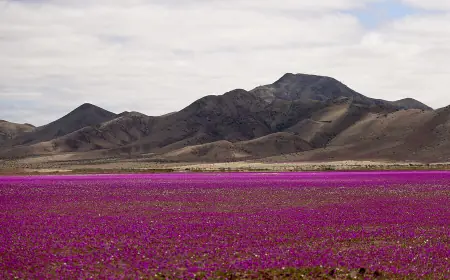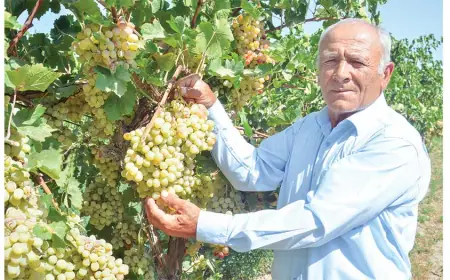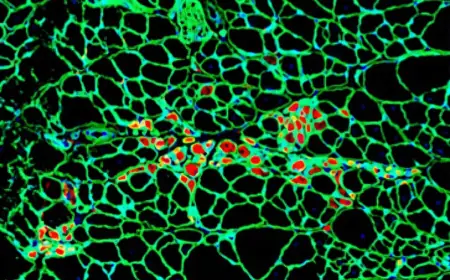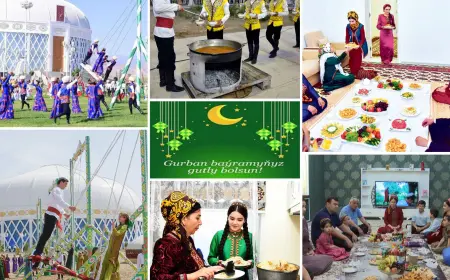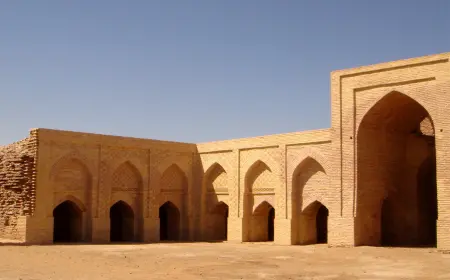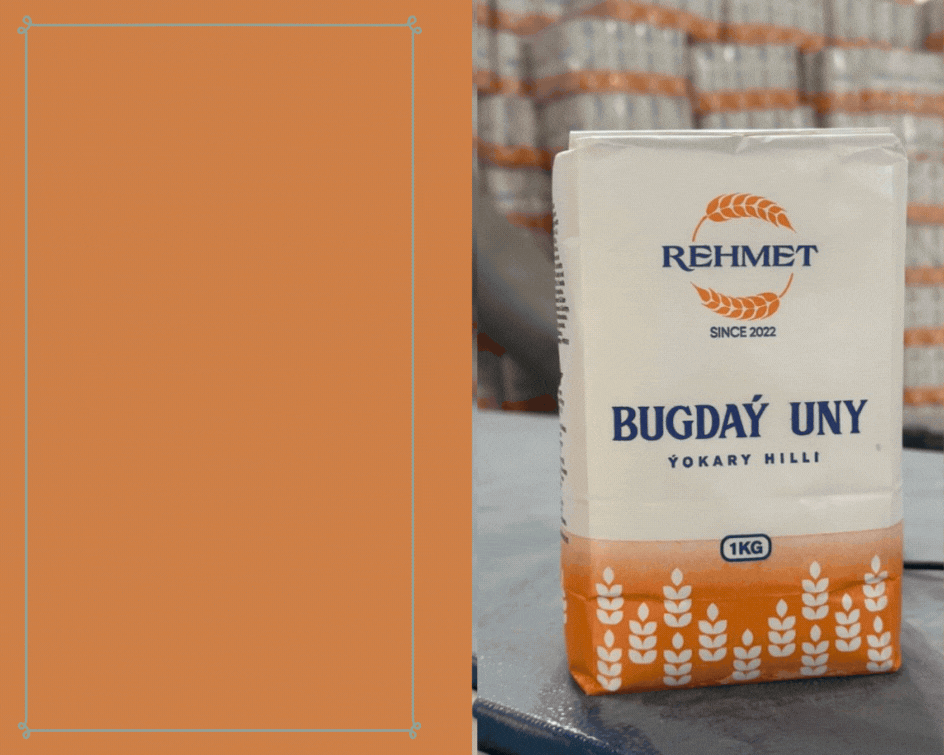The Legend of the Origin of the Dayahatyn Caravanserai

According to scholarly sources, the caravanserai is widely known as "Dayahatyn," while among the local population it is also known as "Bayhatyn." The name "Dayahatyn" comes from the Arabic word "daya," meaning "property," "village," or "cultivated place." The word "hatyn" (in Pashto — "gatin") means "stone" or "made of stone."
There is a popular legend about the origin of the name "Bayhatyn":
A wealthy merchant had a very beautiful wife. One day, the merchant went on a long journey. During his absence, one of his acquaintances spread false rumors about his wife. These rumors eventually reached the merchant. Deeply troubled, he abandoned all his property, wealth, and family, disguised himself in poor man's clothes, and left his home. His wife, determined to find him, sent messages to all lands announcing that she was building a caravanserai and was looking for workers. Among those who responded was her own missing husband. Thus, the truth was revealed, the rumors were proven false, and the couple was reunited. In honor of this event, the caravanserai was named "Bayhatyn."
The architecture of the caravanserai is elegant and intricate, with skillfully built arches and domes. The walls, adorned with decorations and carvings made from baked bricks brought from Merv, create a harmonious and beautiful architectural ensemble. This building is one of the classical monuments showcasing the high level of architectural artistry of our ancestors.
In its time, the Dayahatyn Caravanserai was located along the Great Silk Road and served as a major rest stop for caravans traveling between Amul and Khwarezm. It remained in operation until the 16th century. After Turkmenistan gained independence, the Dayahatyn Caravanserai was placed under state protection as a historical and cultural monument of national importance.
Currently, under the supervision of the Atamyrat State Historical and Cultural Reserve of Lebap Province, reinforcement, restoration, and conservation work is being carried out at this site. Additionally, project documentation is being prepared with the goal of fully restoring the monument.



